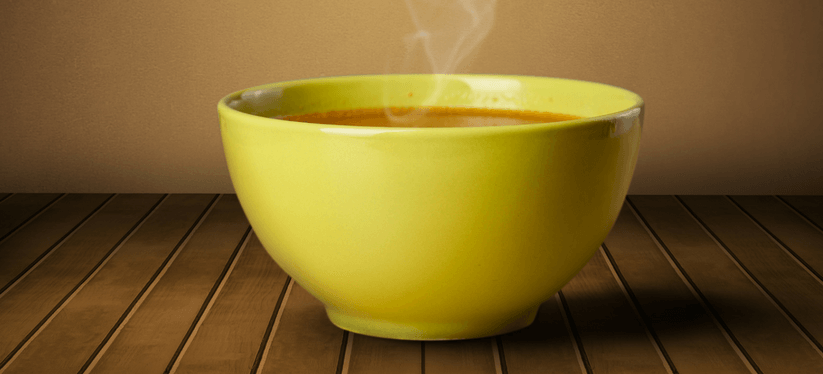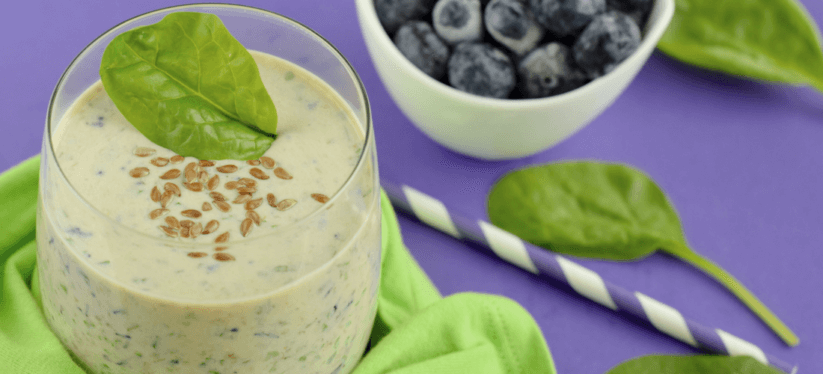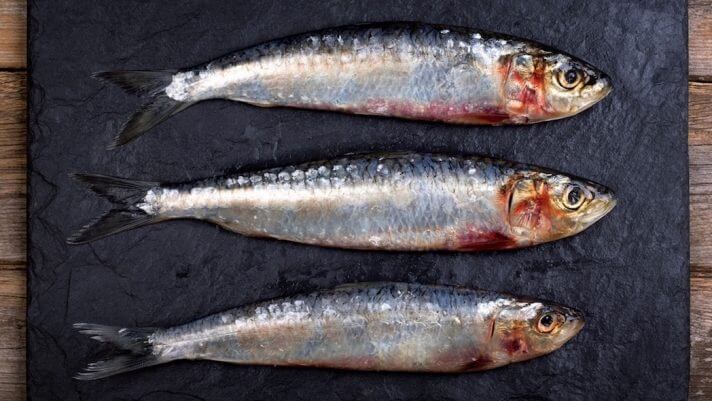Having just finished a book on arthritis, arthritis is really on my mind! There’s a lot of confusion around arthritis, so let’s start with a definition. To have arthritis you must have evidence of inflammation with redness, pain, swelling, and heat in at least one of your joints. Typically if you have arthritis you can see it. If you have pain in a joint but no swelling, we call that an arthralgia.
To begin to understand arthritis, the first step is to realize that there are a number of categories. As I explain in detail in my book, Healing Arthritis, it is important to know what kind of arthritis you have so that you can target your treatment. This is especially true if you have arthritis from an infection (for example lyme, a virus like parvovirus, or a bacteria like mycoplasma and prevotella), because treating the infection is always the first place to start. It’s a good idea to ask your doctor to test you for these infections and treat what you find.
Most people with chronic, painful arthritis fall into one of these two categories:
- Inflammatory Arthritis – which includes rheumatoid arthritis, psoriatic arthritis, ankylosing spondylitis, and arthritis from autoimmune conditions.
- Osteoarthritis – also known as degenerative joint disease
Although they seem to be different on the surface, both are inflammatory in nature, and that’s why the foundational approach to both is to seek out and treat all the triggers of inflammation in your body, typically these are food, stress, and gut health. The first two factors (food and stress) have a direct effect on inflammation, and they are also the biggest influences on your gut health, too. There is an enormous amount of evidence and research now proving the gut-arthritis connection, and this research also shows that healing the gut to heal the joints is a valid and successful approach. That’s why we always start our treatment programs with eating an anti-inflammatory diet. And the first step for this is to identify and remove foods that are triggering arthritis symptoms, often referred to as food sensitivities.
How does food trigger joint pain? Those with arthritis tend to have damage to the tight junctions in their intestinal lining, causing holes or gaps that allow foreign looking food particles and pieces of gut bacteria (collectively called antigens) to slip through the lining and enter the body (a condition called leaky gut).
Once these antigens enter the body they start an immediate immune reaction, which ends up in your joints leading to inflammation and pain. This is also a process that can lead to food sensitivities! Often, the food you eat isn’t really the problem, instead, the problem is the leaky gut is allowing food particles to pass through. This is why you will continue to have food triggers and symptom flares if you eat sensitive foods while the gut is still damaged. The good news? After you heal the gut you can often eat these foods again.
To get started treating your arthritis with food, the first step is to identify your food triggers and remove them from your diet. Then you can focus on healing your gut. Sadly the standard American diet is abundant in foods that can damage the gut and also cause food sensitivities like:
- Gluten
- Dairy
- Soy
- Corn
- Eggs
- Sugar
- Processed foods
- and especially for arthritis sufferers, the Nightshade Vegetables (tomatoes, potatoes, eggplant, peppers)
Try removing these foods for 3 weeks, and then reintroduce each one separately for a few days, one at a time, to see if you experience any symptoms. If you do, then remove the food for 3-6 months while you work on healing your gut.
Removing food sensitivities is the first part of an anti-inflammatory diet. The second part is to follow a sensible, basic, food plan, and my recommendation is a Mediterranean Diet. I have dedicated an entire section of my book to reviewing the different diets and explaining exactly what foods you should eat for reducing inflammation and promoting good gut health and why.
For more please review the full Facebook Live video above, or join my Healing Arthritis Challenge.For 12 weeks, I will host live, 1-hour interactive classes with Melissa Rapoport, my Lead Health Coach at Blum Center for Health. We will provide personalized coaching based on my 3-Step Arthritis Protocol from my best-selling book, Healing Arthritis.







